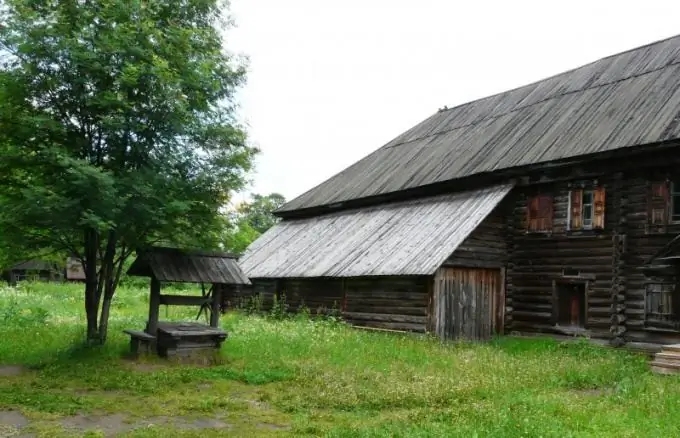- Author Antonio Harrison [email protected].
- Public 2023-12-16 07:44.
- Last modified 2025-01-22 21:44.
At the beginning of the twentieth century, Russia, which has been actively expanding its borders for several centuries, reached a grandiose size - more than 19 million square kilometers, that is, about 1/6 of the land area of the globe. Its borders stretched from the Pacific coast in the east to Polish lands along the Vistula in the west, from the Pamir mountains in the south to the shores of the Arctic Ocean.

According to the census, at the beginning of 1900 there were 128,924,289 people living in the empire (72.5% of them were Russians). The population of St. Petersburg and Moscow has exceeded 1 million people. Our country had the highest birth rate in Europe, but at the same time the highest death rate.
People settled across the territory of Russia extremely unevenly, depending on the natural and historical characteristics of the regions. Moreover, more than 80% of the population of the state lived in villages and engaged in agriculture. A variety of crops were cultivated on the vast territory of the country. Wheat, rye and oats grew in the European part, orchards and vineyards - in Bessarabia, Crimea, cotton and silk - in Central Asia.
At the beginning of the twentieth century, there was also an active mining of minerals, primarily coal and iron ore. The growth in coal and ore mining was associated with a rapid industrial boom. They began to pay more attention to oil production (soon in this direction Russia came out on top in the world). Along with the old industrial regions - the Ural, Central and North-West - new ones, the coal-metallurgical South and oil Baku, took shape. The growth in production allowed the Russian Empire to abandon the import of metal. The volume of production of machine-building enterprises has tripled. The development of railways contributed to the strengthening of the economy.
Foreign investments in the country have exceeded Russian investments. Thanks to the process of concentration of production and banking capital in Russia, monopolistic enterprises emerged in a short time. However, at the same time, labor efficiency was still low. Russian workers remained the lowest paid in Europe, making them easily influenced by revolutionary agitation. In addition, society was dissatisfied with the bureaucratic system in the state.






